10 poems that will transport you somewhere else
During any time where travel isn't possible, poetry has the power to metaphysically transport us out of our own homes to the destinations of our dreams. Jacqui Agate looks at 10 brilliant poems to get you started...
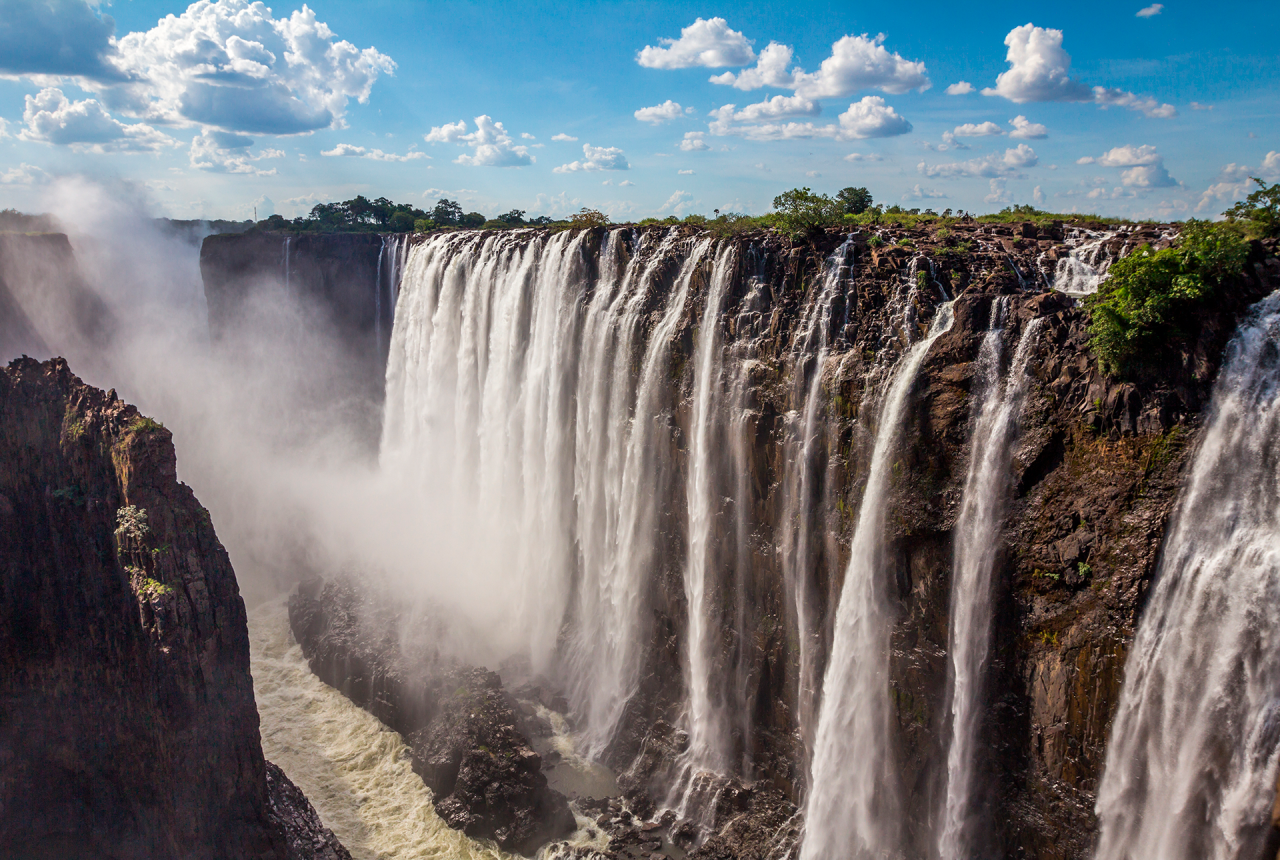
You needn’t travel far to get lost in a new place. The world’s wordsmiths have brought incredible corners of the Earth to life on paper, painting cities and natural wonders in ink. Here we share 10 poems that will whisk you away to the destinations you’ve been dreaming of.
“Lines Composed a Few Miles above Tintern Abbey”, William Wordsworth: Tintern, Wales
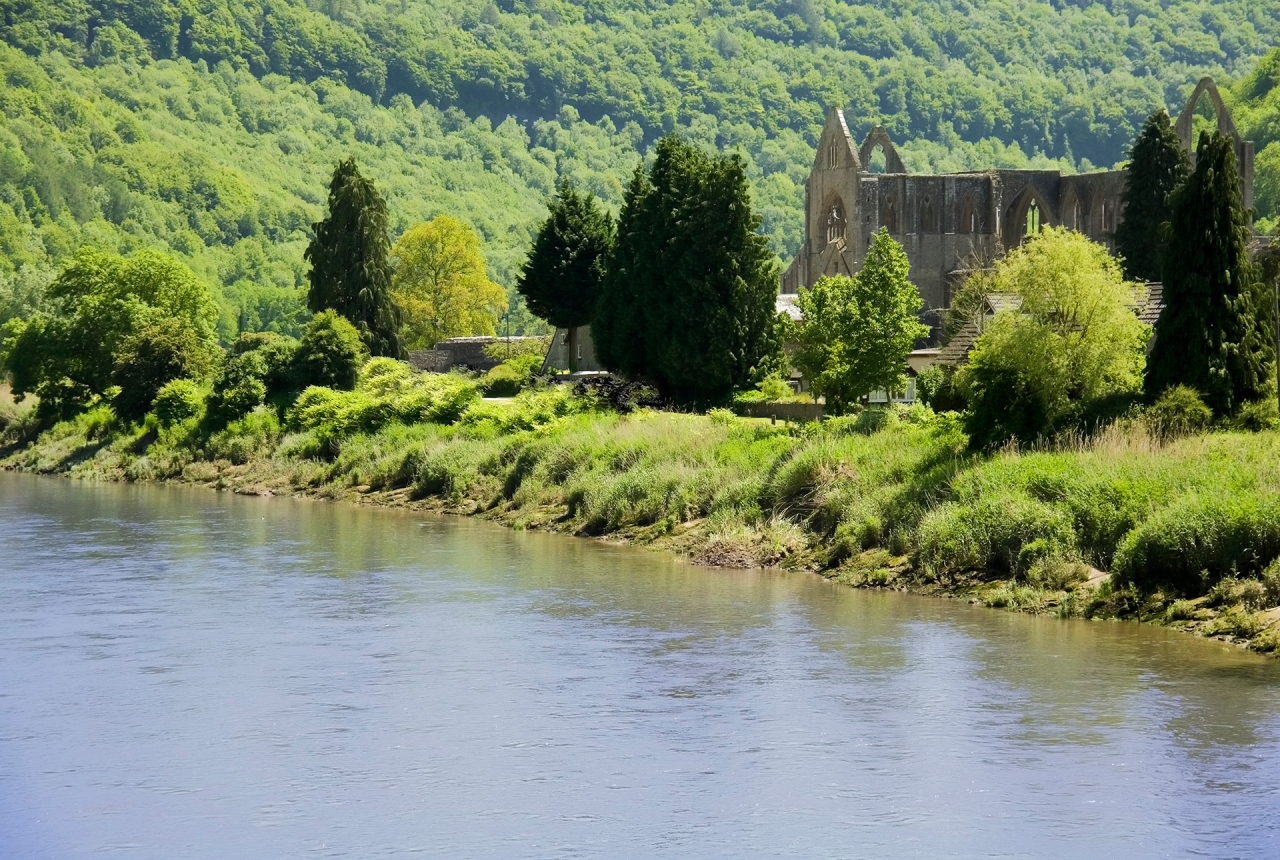
Romantic poet Wordsworth was known for his vivid depictions of nature and, in this poem, the reader is transported to a scenic swathe of rural Wales, with all its “beauteous forms”.
Sitting high on the banks of the River Wye, Wordsworth drinks in his lush surroundings: “steep and lofty cliffs”, “orchard-tufts...with their unripe fruits” and “pastoral farms, Green to the very door”.
Fans of the poet can retrace his steps in Tintern and explore the haunting remains of the poem’s namesake abbey.
“Crossing Brooklyn Ferry”, Walt Whitman: New York City, USA
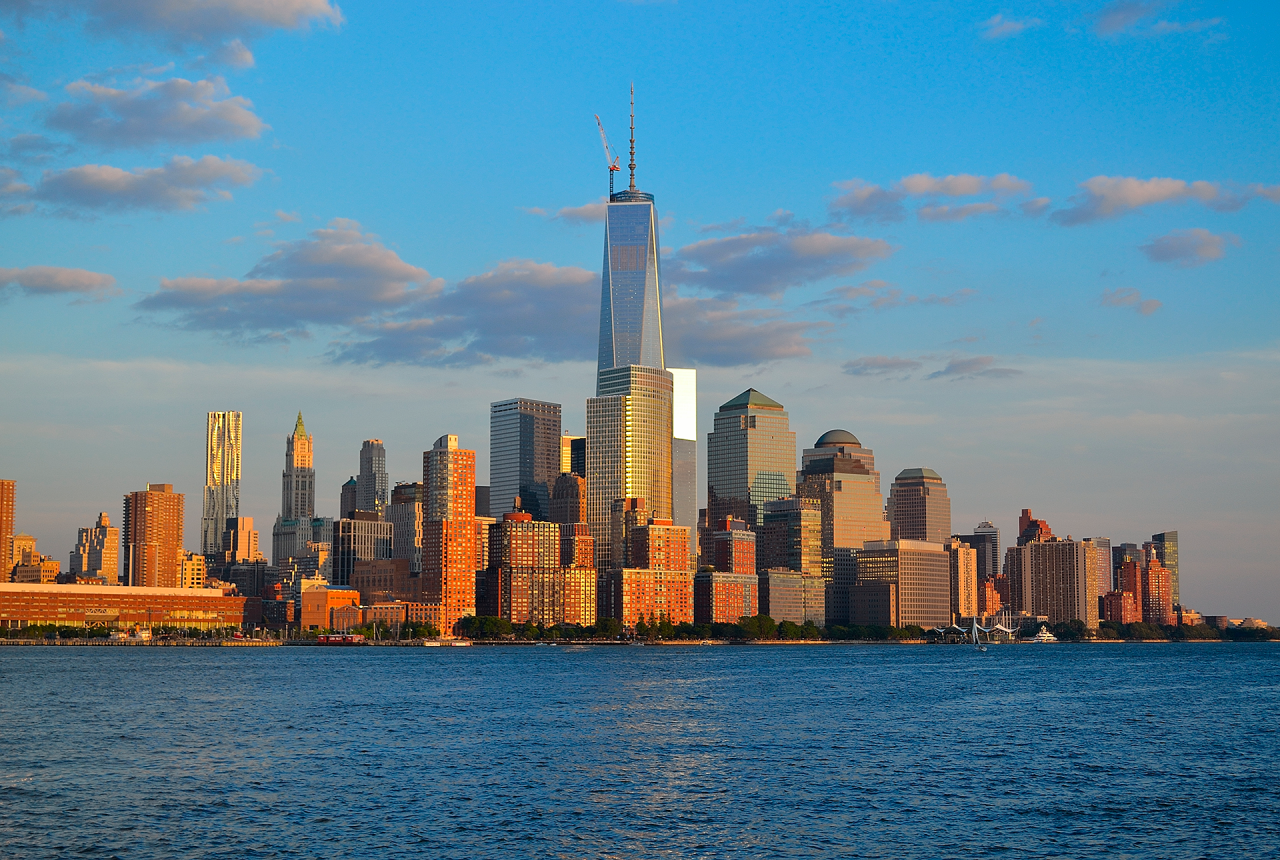
One of America’s late, great poets, Whitman spent many of his formative years in the Big Apple and this poem is an ode to his beloved city. The reader is landed on a bustling boat traveling between Manhattan and Brooklyn at sunset, serenaded by the call of seabirds.
With his words, Whitman carves out the skyscrapers of buzzy Manhattan and the landscapes of less developed Brooklyn.
“Flow on, river! flow with the flood-tide, and ebb with the ebb-tide!
Frolic on, crested and scallop-edg’d waves!
Gorgeous clouds of the sunset! drench with your splendor me, or the men and women generations after me!
Cross from shore to shore, countless crowds of passengers!
Stand up, tall masts of Mannahatta! stand up, beautiful hills of Brooklyn!”
You can envisage the poet himself bent over the ferry rails, surrounded by fellow passengers delighting in the urban views – and, best of all, you can imagine you’re right there with him.
“The Coliseum”, Edgar Allan Poe: Rome, Italy
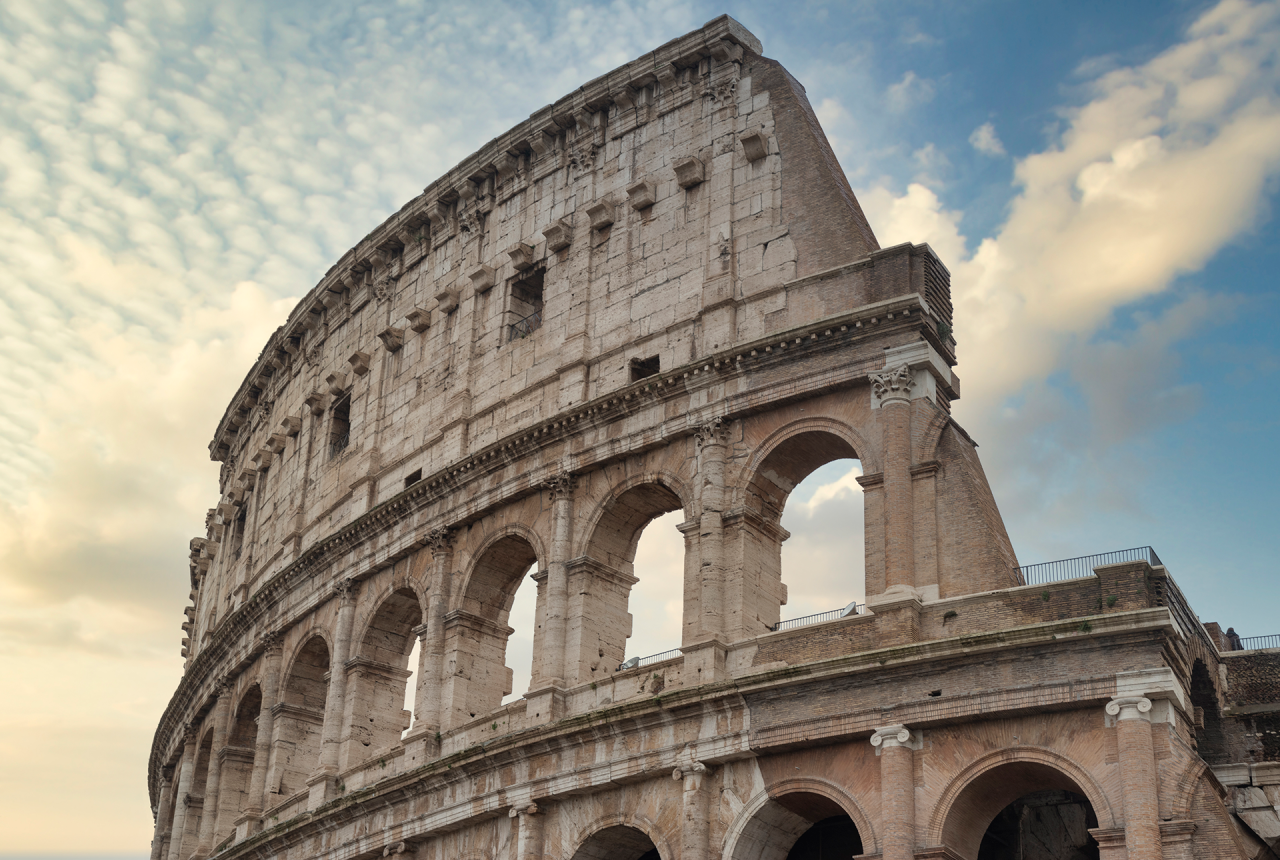
This monumental Roman ruin lends itself well to poetry, and many writers have been inspired by its moldering walls and arches – not to mention the gladiators and emperors of times gone by. One such writer is Edgar Allan Poe, who penned his tribute in the 19th century.
The reader is whisked away to the Eternal City as Poe brings the ancient amphitheater to life.
“But stay! these walls—these ivy-clad arcades—
These mouldering plinths—these sad and blackened shafts—
These vague entablatures—this crumbling frieze—
These shattered cornices—this wreck—this ruin—
These stones—alas!”
While Poe laments the structure’s decay, he also rejoices in its majesty and mystery – a sentiment any visitor to Rome’s greatest landmark will understand.
“Paris in Spring”, by Sara Teasdale: Paris, France

Charles Baudelaire – who conjured dark, dank images of Paris with his poems – was one of the most famous writers to depict the French capital. But Sara Teasdale paints an altogether more appealing portrait of Paris.
She captures the City of Light in the throes of spring, when “The city's all a-shining / Beneath a fickle sun” and “the leaves are growing green”. Teasdale walks readers down the grand Champs-Élysées and along the banks of the Seine, regaling readers with images of blossoming trees and buildings glittering with light.
It’s one of the most joyful illustrations of the city in verse.
“In the Bazaars of Hyderabad”, by Sarojini Naidu: Hyderabad, India

Poet and activist Sarojini Naidu is known as the Nightingale of India – and for good reason. Many of her poems capture the sights and sounds of her native country and, in particular, her birth city of Hyderabad.
Here, the reader finds themselves in the midst of a thrumming bazaar in Hyderabad, with its kaleidoscopic colors and fragrant scents. Naidu takes you past “richly” displayed wares, from “turbans of crimson and silver” to “sandalwood, henna, and spice”. It’s easy to imagine poring over the goods of “flower-girls” and “fruitmen” in this humming marketplace.
“Lake Isle of Innisfree”, by William Butler Yeats: Innisfree, Ireland

If you’re dreaming of a remote getaway, this well-loved Yeats poem is the perfect place to lose yourself.
Here the poet, born in a Dublin suburb, fantasizes about escaping to an idyllic bolthole on the uninhabited island of Innisfree. He paints a vivid picture of the bucolic isle, imagining himself holed up in a dinky cabin with little but the sound of animals and water to keep him company.
“And I shall have some peace there, for peace comes dropping slow,
Dropping from the veils of the morning to where the cricket sings;
There midnight’s all a glimmer, and noon a purple glow,
And evening full of the linnet’s wings.”
It’s the ultimate in poetic escapism.
“Travel”, by Robert Louis Stevenson: Everywhere
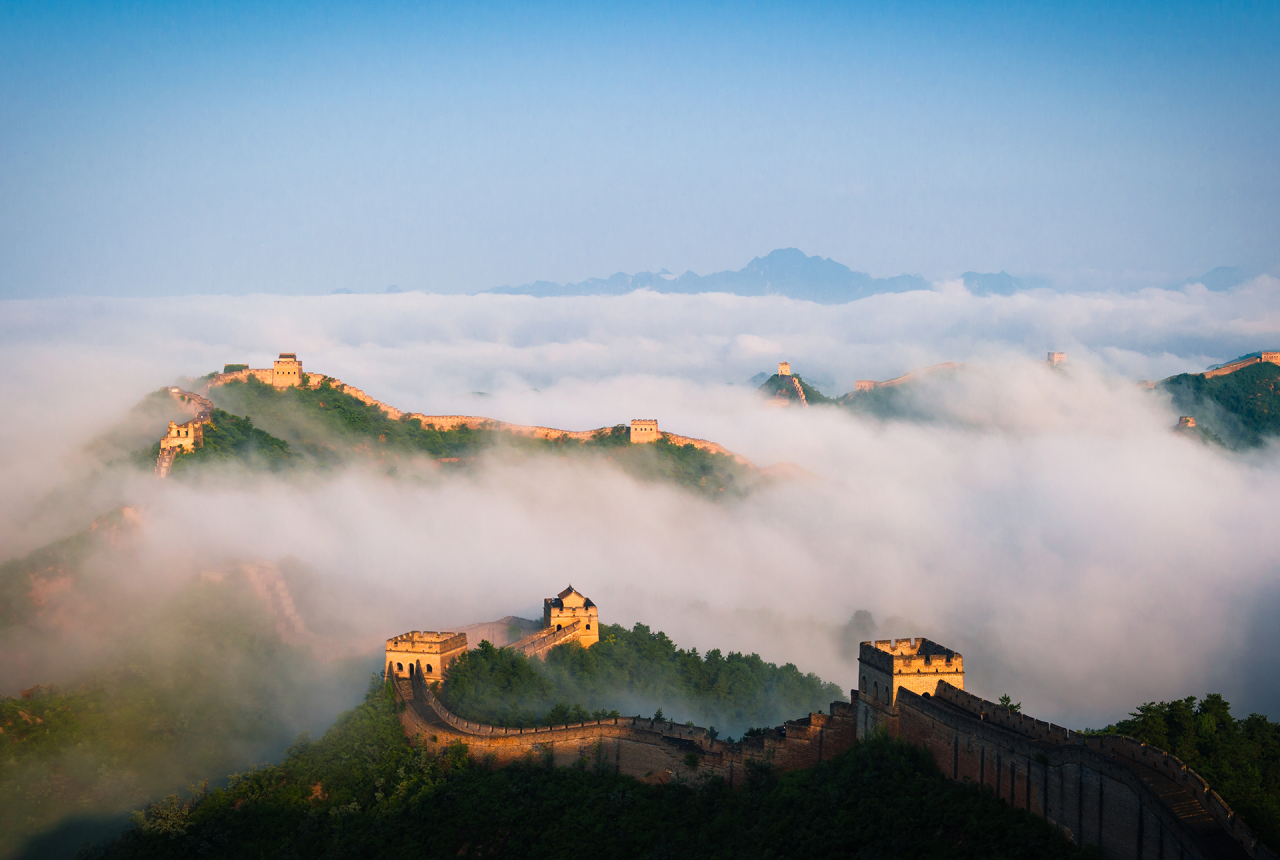
One of the most famous travel poems of all time, this Stevenson classic weaves a rich tapestry of destinations. Readers are spirited away to tropical jungles and “Eastern cities” – and to world wonders like the Great Wall of China and the Nile. There are even some fictional locales thrown in: in particular the tropical island to which Robinson Crusoe is cast away in Daniel Defoe’s famous novel.
“Eastern cities, miles about,
Are with mosque and minaret
Among sandy gardens set,
And the rich goods from near and far
Hang for sale in the bazaar,—
Where the Great Wall round China goes,
And on one side the desert blows,
And with bell and voice and drum
Cities on the other hum;–”
Stevenson was a travel writer himself, and the poem is a celebration of epic journeys and, ultimately, of armchair travel too.
“The Isles of Greece – Don Juan”, by Lord Byron: Greece
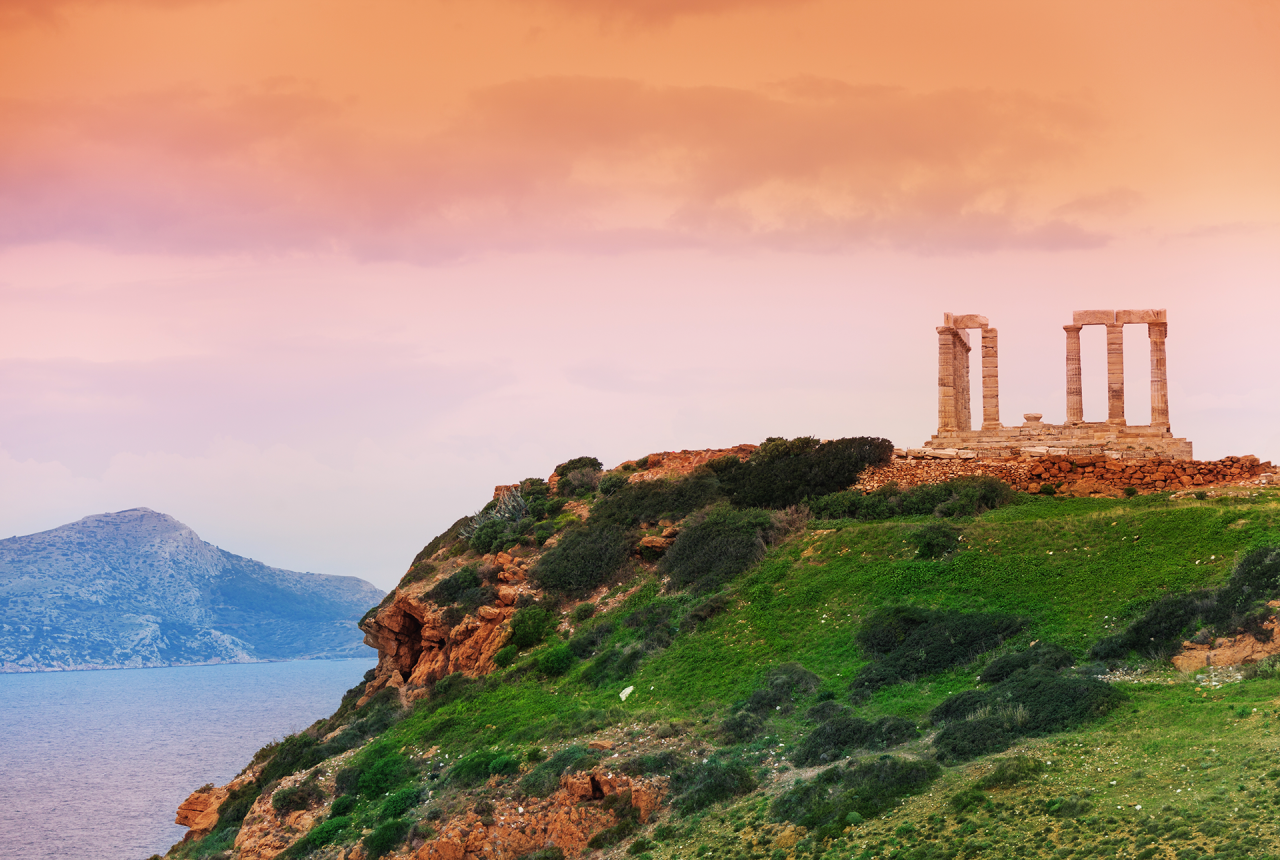
Lord Byron’s “The Isles of Greece” is part of a much longer poem. “Don Juan”, considered one of Byron’s greatest works, is a lengthy poem that tells the story of its namesake: a famed fictional libertine.
The poem is carved into sections and, for travelers, “The Isles of Greece” is the most inviting portion. It’s mostly concerned with the rich heritage of ancient Greece and Byron’s wish that the state should be free from the Ottoman Empire. But there are still flashes of Greece’s magnificent ruins, stirring sunsets and sea views.
“The mountains look on Marathon--
And Marathon looks on the sea;
And musing there an hour alone,
I dreamed that Greece might still be free;”
“...Place me on Sunium’s marbled steep,
Where nothing, save the waves and I,
May hear our mutual murmurs sweep”
“Stopping by Woods on a Snowy Evening”, Robert Frost: New England, USA
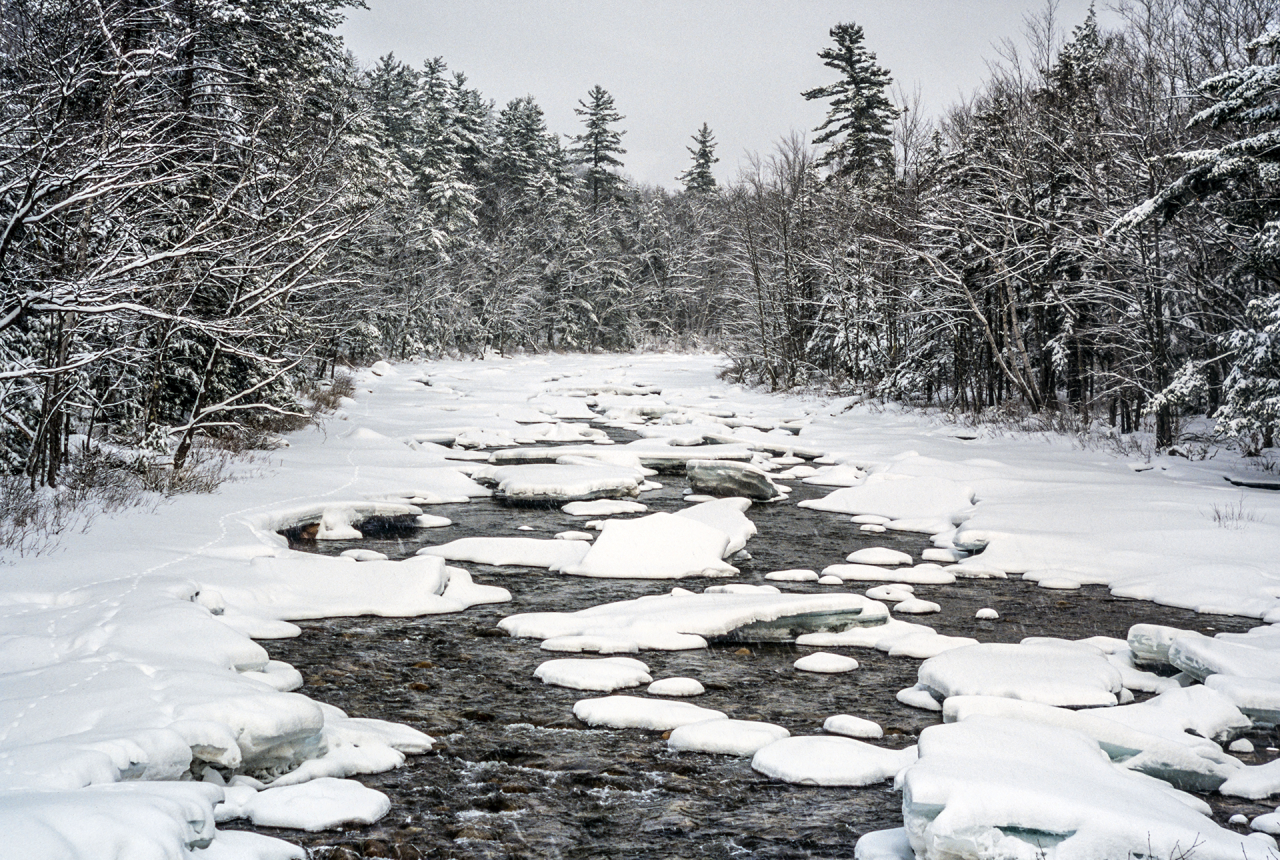
American poet Robert Frost may have been born in sunny California but, throughout his career, he became synonymous with New England. His poetry plunges the reader into the depths of New England forests, drops them into pastoral villages, and whisks them along scenic roads.
This poem was written while Frost lived in Vermont, though it was probably inspired by the leafy state of New Hampshire too – it was published in Frost’s celebrated New Hampshire volume.
Here, you’re transported to the New England countryside in the depths of winter. Lose yourself in the verse and imagine you too are stood between snow-carpeted woods, lit with white, and a vast lake glittering with ice.
“The Victoria Falls”, by Muriel Spark: Victoria Falls, Zambia/Zimbabwe

The mighty Victoria Falls is tipped as the world’s largest waterfall and it’s depicted here, in all its glory, by Scottish writer Muriel Spark. Spark captures the power of the great Zambezi River, as it transforms into a thundering cascade, “pounding the world’s floor”.
In her verse, she appeals to all the senses, from the feel of the “spray mists” on your skin to the roaring rush of the current. Close your eyes and you might really believe you’re there.
Read next
Now isn’t the time for going places. However, as we spend the coming weeks mostly indoors, we can still dream about travel, plan future adventures and revisit ones we’ve taken before. This is exactly what we’ve asked our team to do – to dream and reflect. Here are 12 memorable trips taken by the DK Eyewitness team, featuring eclipses, safaris, cycling treks, pilgrimages, bunnies, toboggans and ancient ruins.
How to be an armchair traveller
Just because you can’t escape to a new adventure right now doesn’t mean you should stop dreaming. There are ways to remain inspired, whether you’re surfing the internet on your phone, lounging at home, or sipping coffee at your local cafe. Being an armchair traveller is all about learning about and reflecting, and ultimately engaging with far-flung places without ever needing to leave home.



